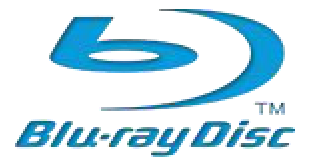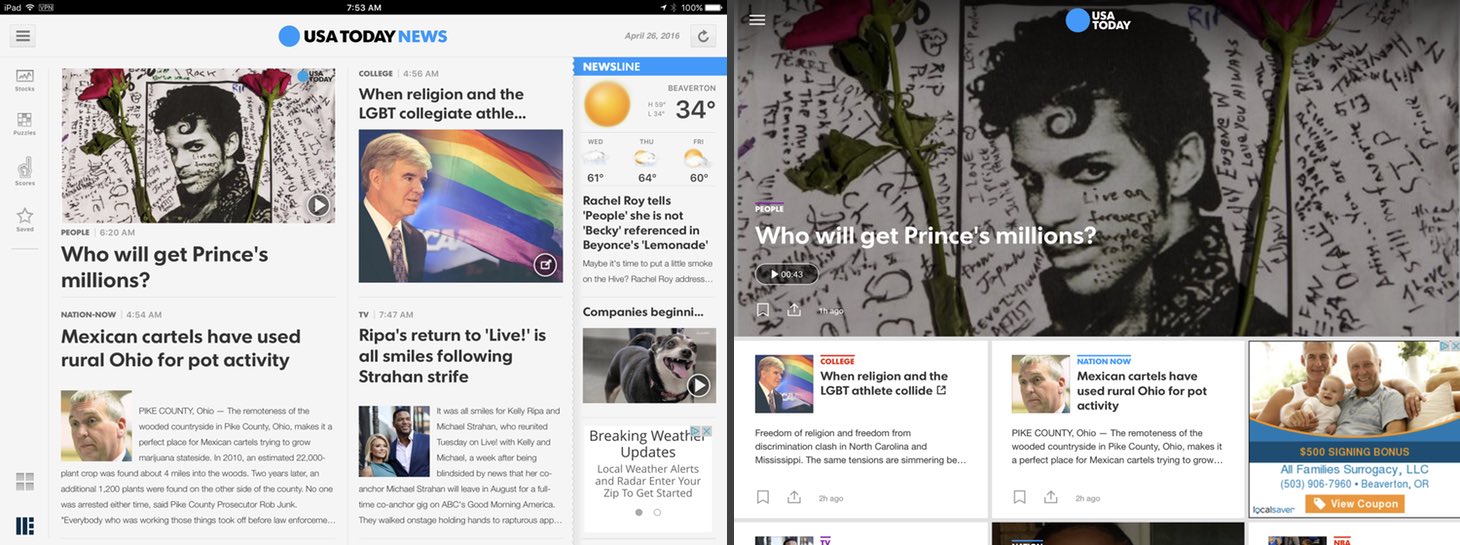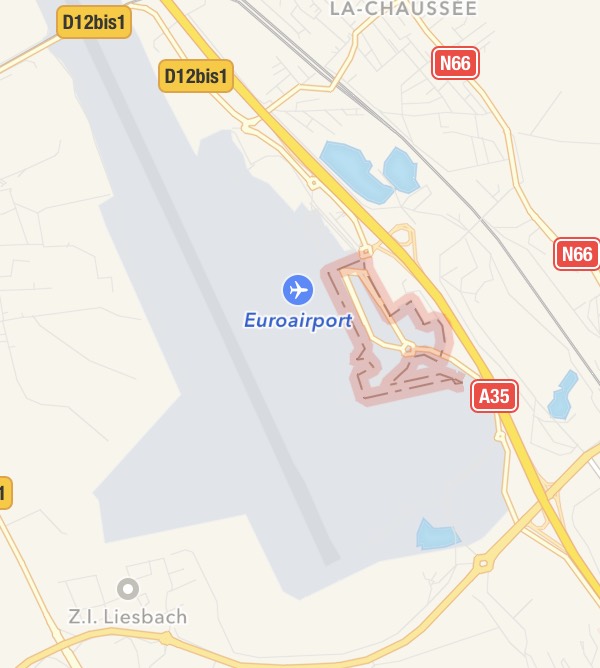Revisiting ripping Blu-ray discs
 A couple years back, I explained how I rip Blu-ray discs. A lot of time has passed, and I now use a slightly different procedure that results in much faster rips—with the caveat that the resulting file will be larger than the "slow" method, and is technically of slightly lower quality, though I can't visually distinguish the two.
A couple years back, I explained how I rip Blu-ray discs. A lot of time has passed, and I now use a slightly different procedure that results in much faster rips—with the caveat that the resulting file will be larger than the "slow" method, and is technically of slightly lower quality, though I can't visually distinguish the two.
The new method uses Don Melton's amazing video transcoding tools, a set of Unix programs that optimize video conversion in ways you cannot do (or easily do) in the Handbrake GUI. If you're new to Unix, but would still like to try these tools, I wrote a detailed set of instructions that should help get you up and running.
Using these Unix programs, you can rip a disc with various parameters, including one to optimize for speed (with good image quality) and another that tries to minimize the file size.
Here's a quick comparison of all three methods, as tested with the three-hour Hamlet Blu-ray. The 'Handbrake GUI' rip was done using, well, the Handbrake GUI as described in my original article. The second and third rows use Don's tools set to quick and veryquick modes, and the final row uses Don's tools set to optimize the file size.
| Method | Data Copied | Convert (hrs:mins) | File Size |
|---|---|---|---|
| Handbrake GUI | 47.5GB | 3:52 | 6.8GB |
| transcode - quick | 40.1GB | 2:20 | 9.2GB |
| transcode - small | 40.1GB | 3:12 | 6.5GB |
Tested on a late 2014 27" iMac with a 4GHz Core i7 and 24GB of RAM.
Using Don's tools in "quick" mode, you save time two ways: 7GB (15%) less data is copied to the hard drive, and the conversion process is over 90 minutes (38%) faster. The downside is that the final file size is 2.4GB (35%) larger. And that's what they call a tradeoff.
Using the "small" mode in Don's tools, you still save the 7GB (15%) of data copy, and still save 40 minutes (17%) over the original method. In addition, the file size is smaller than the Handbrake GUI version.
To summarize, regardless of whether you care more about file size or ripping speed, Don's tools provide an advantage over the Handbrake GUI: Either method is notably faster, and the small option generates smaller (or probably at worst, very similar) file sizes. (There's also a "big" option, if you don't mind somewhat larger files at a higher quality level.)
Keep reading to see some examples of the image quality of each method, and information on how to install and use Don's video transcoding tools.

 A new "floater" in my right eye on Monday morning turned into near blindness in that eye by Monday evening. A night in the ER and a diagnosis by an ophthalmologist indicated I'd had a hemorrhage and partial ripping of my retina.
A new "floater" in my right eye on Monday morning turned into near blindness in that eye by Monday evening. A night in the ER and a diagnosis by an ophthalmologist indicated I'd had a hemorrhage and partial ripping of my retina.
 The EuroAirport isn't strange due to layout or location or weird weather or anything. It's strange because the airport itself is split between two countries, even though it doesn't straddle a country border—it's 100% within the territory of France, but a portion of the airport "lies in" Switzerland.
The EuroAirport isn't strange due to layout or location or weird weather or anything. It's strange because the airport itself is split between two countries, even though it doesn't straddle a country border—it's 100% within the territory of France, but a portion of the airport "lies in" Switzerland.